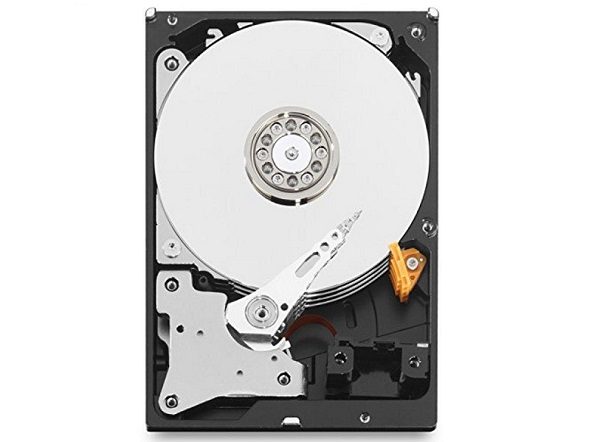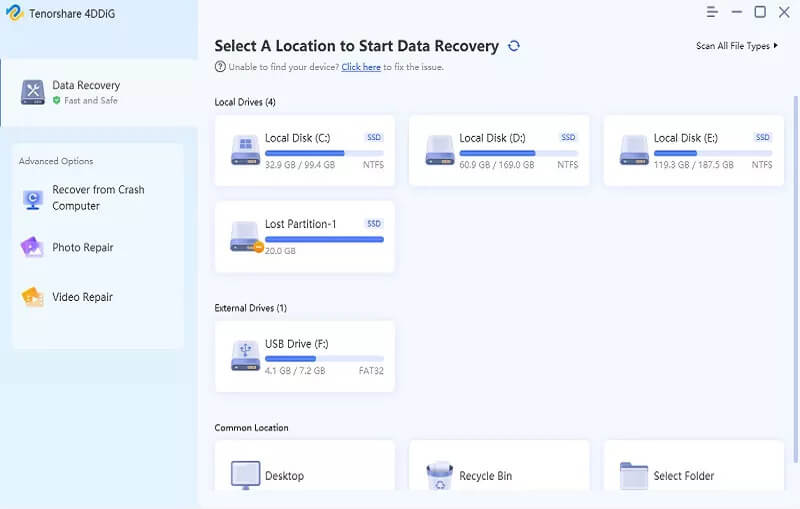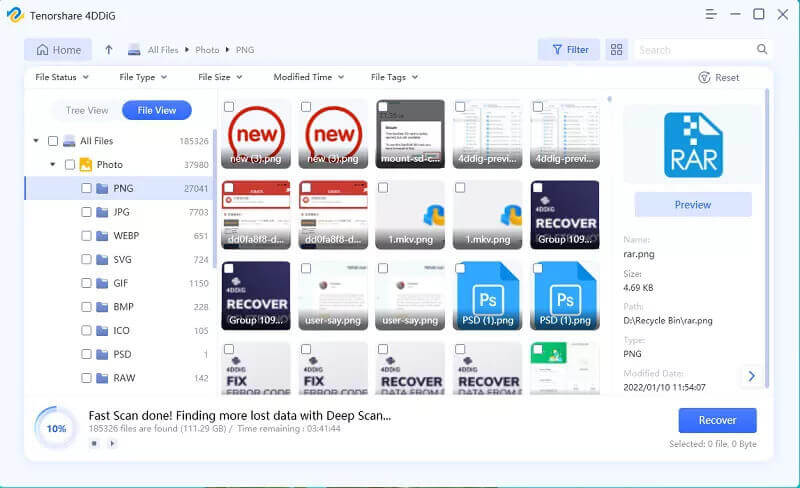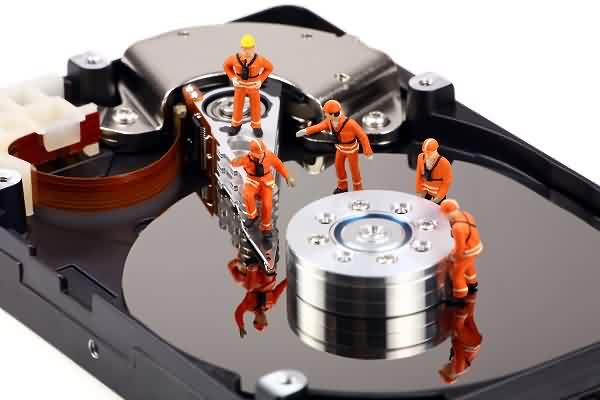HDD Data Recovery – Recover Data from Damaged/Cracked Hard Drive

Hard Disk Drive (HDD), hard drive, hard disk, or fixed drive, is a storage device using one or more magnetic rotating platters to store and retrieve data. HDD, especially the hard disk drive on a computer is usually the main storage device for us to store important data. So when we mistakenly delete data from a hard drive or the drive is erased, dead, corrupted, or damaged, how do we recover data from a hard drive? This article will show you how to recover data from Toshiba, Seagate, WD, Buffalo, Adata, Samsung, Fujitsu, and Sandisk HDD in different data loss scenarios.

Two Kinds of Hard Drive Recovery
Every data loss scenario is different and should be handled accordingly. Generally, there are two kinds of data loss in HDD: logical data loss and physical data loss. Thus two different hard drive recovery methods should be adopted to tackle data loss of different kinds.
Hard drive recovery with logical failures
Logical data loss is the data loss caused by logical errors in the operating system. Logical errors mean misoperations by users or software errors in the operating system. For example, mistakenly deleting important data from a hard drive, corrupted files, inaccessible or formatted hard drives, crashed operating systems and lost partitions. All are commonly seen as logical data loss on hard disk drives.

The good news is that it is usually easy to recover data from a hard drive with logical errors. You can actually use some DIY hard drive data recovery program to do HDD data recovery by yourself. If data are lost on your internal/external hard drive due to logical error, jump to Recover Data from Hard Drive with Logical Failures.
Hard drive recovery with physical failures
Physical data loss, on the other hand, is hardware-related, which is caused by physical hardware damage on the hard disk drive. If you notice that HDD on your computer is making a clicking or grinding noise, the hard drive probably is experiencing a physical hardware problem, such as a head crash, spindle failure, or platter damage.
This could happen because the hard drive components degrade after long-term use, the hard drive has been dropped, bumped, or water-damaged, dusts accumulated on the drive, etc.

When the HDD is physically damaged, it is hard to recover data from HDD on your own. You’ll need to call a hard drive recovery service and have the professionals do the HDD data recovery. But these hard drive recovery services could be expensive, depending on the condition of your hard drive.
Recover Data from Hard Drive with Logical Failures
If you need to recover data that are accidentally deleted or lost due to an inaccessible hard drive, hard drive format, or virus infection, you can use Data Recovery, a DIY hard drive data recovery software.
Why Is HDD Data Recovery Possible?
We can recover data from HDD because of data remanence, which means that in HDD when data is deleted, the data continues to exist until it is overwritten by new data. So if we act fast and do data recovery before overwriting, the data recovery software can detect deleted or lost data and recover them from the hard drive.
To increase data recovery success, you should first stop writing data into the hard drive. If it is an internal hard drive on your computer, avoid such operations as downloading videos/songs, or creating new files, which could overwrite deleted data on the hard drive. If it is an external HDD, do not move or add data on the hard drive.
Then download Data Recovery on your computer to recover data from internal/external HDD.
Tip: DO NOT download and install a data recovery program on the drive that used to contain lost data. For example, if the lost data is used to save on the C drive, do not install the program on the C drive; instead, install it on the D or E drive.
Steps to Recover Data from HDD
Data Recovery is capable of recovering data from external HDD as well as internal HDD on Windows computers. It can recover documents, photos, videos, audio, and emails from the hard disk drive. With the program, you can tackle logical data loss in any scenario:
- Formatted Hard Drive;
- Deleted, damaged, hidden, raw Partition;
- Files corruption because of software crashes, inaccessible hard drive errors …
It supports hard drive data recovery for Toshiba, Seagate, WD, Buffalo, Fujitsu, Samsung, and all other brands.
Step 1. Run the program, select which kind of data you need to recover, and the target hard drive. To recover data from an external hard drive, connect the hard drive to the computer and find the drive-in Removable Drives.

Step 2. Click Scan. The program will first do a quick scan on the hard drive. If you need to find more lost data, click Deep Scan to scan out all lost data on the hard drive. Deep Scan could take a few hours, depending on the size of your hard drive.

Step 3. View the scanned results by data types or by saving paths. Select the lost data and click Recover to recover them to your computer.

Recover Data from Damaged/Dead/Cracked Hard Drive
If you notice any symptom of a mechanical failure on your hard drive, it is beyond the reach of any hard drive data recovery software. Instead, you should seek help from a reliable hard drive recovery service.
Equipped with experts, a professional hard drive recovery service can examine and repair your hard drive for data recovery. They can dismantle the hard drive in a cleanroom environment to examine every platter, replace damaged components or reorganize the raw data into recoverable files. Such a professional service comes at an expensive price, ranging from $500 – $1,500 dollars.

To guarantee the safety and success of data recovery, you should be careful about choosing a trustful service. Choose companies that have certifications from credible, third-party organizations and those with a good reputation.
But before contacting a hard drive recovery service, there are two things you should pay attention to increase the chance of data recovery on your hard drive.
- Power off your computer and stop using the hard drive to avoid damaging data on the drive.
- If the hard drive is water-damaged, do not dry it out. By drying, corrosion begins, which further damages the hard drive and the data on it.
How useful was this post?
Click on a star to rate it!
Average rating / 5. Vote count:


